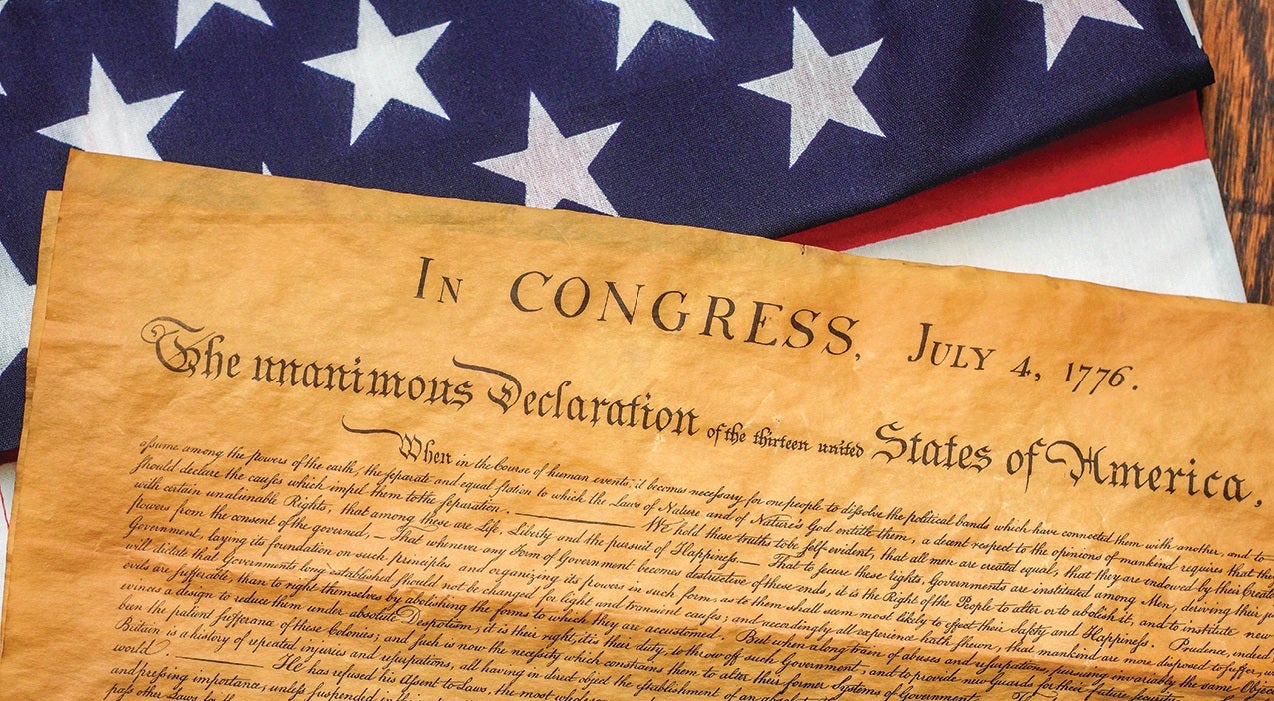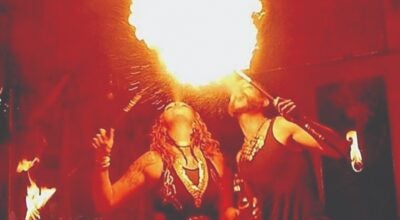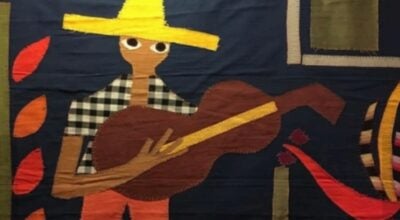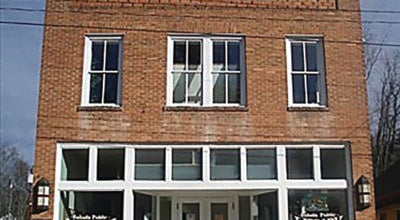Getting to know the Declaration of Independence
Published 8:00 am Friday, July 1, 2022
|
Getting your Trinity Audio player ready...
|
The Declaration of Independence is a formal document that served as the signatory colonies’ statement that they were now “free and independent States.” It is a vital document in American history.
On July 1, 1776, delegates from the original 13 colonies, making up the Second Continental Congress, met in Philadelphia to vote on Richard Henry Lee’s motion for independence. After some deliberation, ultimately 12 of the 13 delegates voted in favor. In recognition of those 12 delegates, here are 12 facts regarding the Declaration of Independence.
- The drafted document was officially adopted on July 4, 1776, two days after freedom from Britain was approved. However, most delegates signed the document on August 2, 1776, while others signed on a later date. John Dickinson and Robert R. Livingston never signed the Declaration of Independence.
- John Dunlap was the official printer of Congress at the time. He worked all night and into the morning of July 5 to produce the large, single-sided sheet, known as a broadside. About 200 copies of Dunlap’s broadside were made.
- The University of Virginia owns two copies of a rare early printing of the Declaration. It is on display in the Albert and Shirley Small Special Collections Library. It is believed the copy once belonged to George Washington.
- Benjamin Franklin, George Read, Roger Sherman, Robert Morris, George Clymer, and James Wilson signed both the Declaration of Independence and the U.S. Constitution.
- The Declaration of Independence and the Constitution were hidden at Fort Knox during World War II, two weeks after Pearl Harbor was attacked.
- Despite what the movie “National Treasure” will have one believe, the message on the back of the document is visible and reads “Original Declaration of Independence dated 4th July 1776.”
- Richard Stockton, a lawyer from New Jersey, was a signer of the Declaration who later recanted his support of the American revolution. He subsequently swore his allegiance to King George III after being captured by the British.
- In 1989, an original Dunlap Broadside was found hidden behind a picture a Philadelphia man bought at a flea market for $4. It later sold for $8.1 million. Ultimately, 26 copies of the original prints have been found.
- The United States celebrates Independence Day on July 4th, even though independence was accepted on July 2nd.
- Early on, not everyone in America was supportive of the Declaration of Independence. Partisan politics led to discord. Federalist John Adams was feuding with Republicans and Thomas Jefferson. The anniversary date of the signing was not widely celebrated until the Federalists were no longer involved in politics.
- The one-year anniversary of Independence Day and the celebration of the adoption of the Declaration of Independence slipped the minds of Congress in 1777. When they remembered it was July 3rd, they planned a last-minute celebration on July 4th, and each year thereafter.
- John Trumbull’s painting “Declaration of Independence,” which was made into a lithograph replica by Ralph Trembly, hangs in the Rotunda of the U.S. Capitol. It is a fictional depiction of the five-man drafting committee presenting their draft to Congress, and not the signing. The painting shows 42 of the 56 signees, since Trumbull couldn’t get likenesses of all involved. The men featured in the painting were never all in the room at the same time during the Declaration’s debate and signing.
The Declaration of Independence is a key document in American history, and its words are celebrated each Independence Day.






